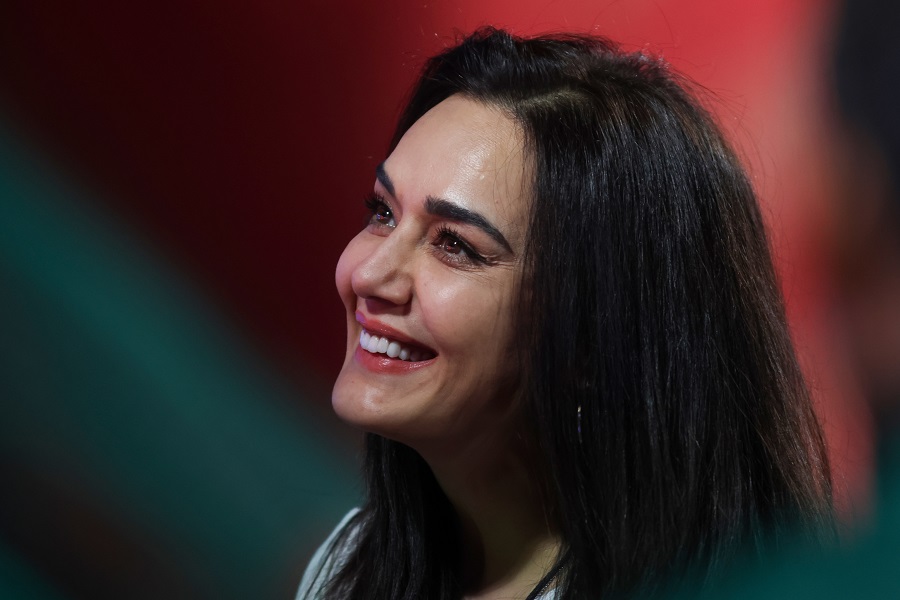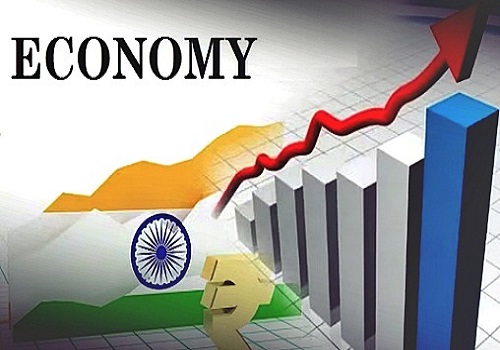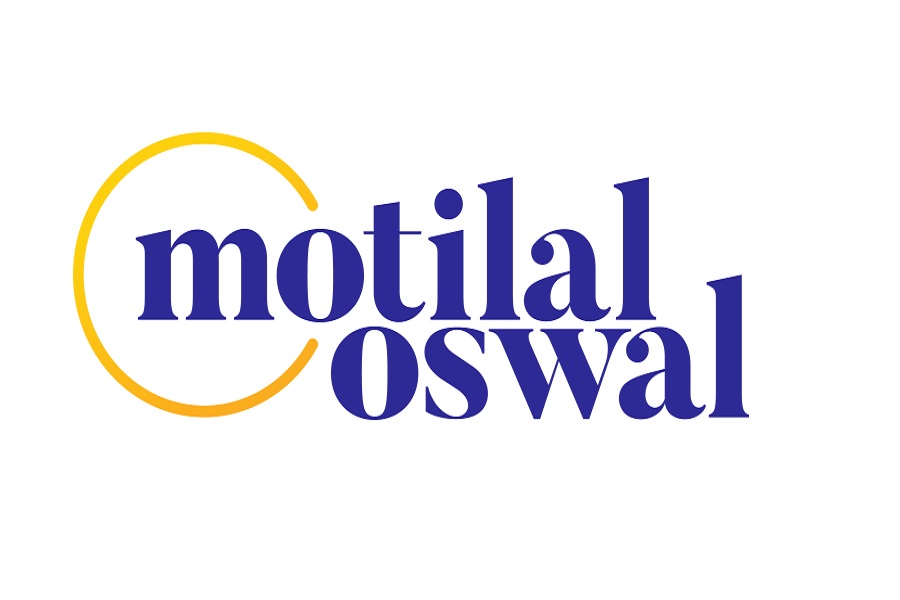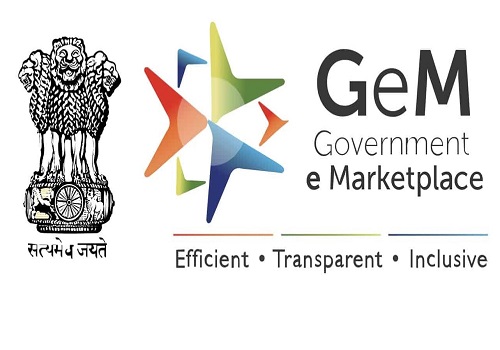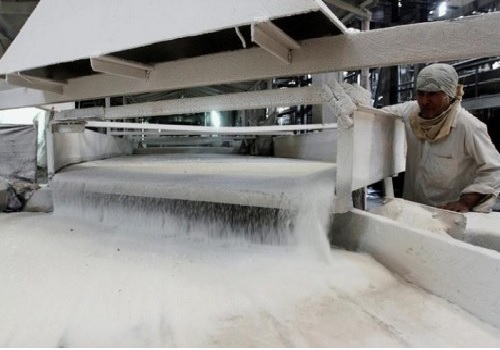2023 may see an M&A surge in insurance sector: Shriram General Insurance MD & CEO

The year 2022 has been one of the best years for the Indian general insurance industry. As per the trends, the industry is expected to double its compound annual growth rate (CAGR) to 10.2 per cent by the end of 2022 from its slowest growth of the decade at five per cent from 2021, said a top official of Shriram General Insurance Company Ltd.
He also said that with the new regulations ushered in, there will be more players entering the field and may result in mergers and acquisitions.
The Rs 1,756 crore gross premium Shriram General is a joint venture between Shriram Capital Ltd., the holding company for the financial services business of the Shriram Group, and Sanlam Limited, a leading pan-African Financial Services Group with headquarters in South Africa.
"We have sourced Rs 1,400 crore in the current FY 22-23 till November 2022. The FY-22-23 has been another wonderful year for Shriram General Insurance as we are growing by approximately 26 per cent this year," Anil Kumar Aggarwal, Managing Director & CEO, told IANS in an interview. Excerpts are as below:
IANS: Looking back at 2022 for the general insurance sector, your views?
Aggarwal: India's insurance industry is witnessing tremendous growth due to growing income, increasing awareness, and the new technological developments happening in the industry. The year 2022 has been one of the best years for the general insurance industry.
As per the trends, India's general insurance industry is expected to double its compound annual growth rate (CAGR) to 10.2 per cent by the end of 2022 from its slowest growth of the decade at 5 per cent from 2021.
IANS: What were the high and low points for the sector and also for your company during 2022?
Aggarwal: Our company is growing by approximately 26 per cent this year. As on 31st March 2022, the Company holds an industry-leading solvency margin ratio of 4.62. As of March 31, 2022, Shriram General Insurance is amongst the most profitable insurers having returned 8X of the capital invested in dividends to the promoters.
IANS: How has Covid-19 impacted the sector and your company?
Aggarwal: Covid-19 has taken over the whole world by storm and affected human life like never before. The pandemic has influenced every sector including the health, automobile, and eventually the motor insurance industry. The auto industry was impacted badly and faced the worst time which ultimately affected the motor insurance industry in several ways.
As much as 95 per cent of our company's revenue comes from the auto sector and sales of automotive vehicles were disrupted during this time. The Indian insurance industry has seen several changes in consumer behaviour and attitude towards insurance during that period.
Post Covid-19, customers are expecting improved digital experience from insurers. Unlike the pre-Covid times when people preferred physical applications, the insurers are opting for e-policies now. There is a rise in demand for health insurance, propelled by covid as they see this as a fundamental protection tool from any mishaps. Also, there is a growing demand among the millennials for cyber insurance.
Insurtechs are also playing an important role in the increase of demand for commercial insurance. Post pandemic the insurance industry has redefined its working standards to cope with the current market situation. Motor insurance premium is showing an increasing trend after the pandemic and industry is expecting a growth of around 10 to 15 per cent.
IANS: What are the major regulatory measures taken during 2022? What will be their impact on the industry and your company?
Aggarwal: The recent measures announced by the IRDAI have the potential to fasten the new business growth for companies and deepen the insurance penetration in India
The IRDAI's decisions this year to increase the maximum number of tie-up limits for corporate agents and insurance marketing firms has created a positive wave aiming at the overall sectoral growth. This has laid a smooth path for insurance companies, corporate agents and insurance marketing firms and provides the choices to policyholders.
It will encourage more tie-ups in the industry and insurers along with corporate agents and insurance marketing firms can have a mutual integration to standardise the policies and conceptualise customer-centric strategies.
A framework like Regulatory Sandbox/Use and File will also provide us the space to test our innovative products in a controlled manner. The increased experimentation period from six months to 36 months will help us in improving test results.
IANS: What was the industry trend you noticed during 2022? How did your company respond to that?
Aggarwal: The insurance industry is witnessing several changes in consumer behaviour and demands and they are expecting better digital experience from insurers.
The InsureTechs are leveraging technologies such as the Artificial Intelligence (AI), Machine Learning (ML), Big Data and Internet of Things (IoT) to improve the processes in the insurance world which is creating a big change.
The environment is becoming dynamic and we are strengthening our IT capabilities to keep abreast with the new changes and maintain the data sanctity by implementing a strong and healthy framework for data security and privacy.
The recently approved one-stop solution Bima Sugam platform will provide unbiased comparisons to customers and will likely change the insurance buying patterns in the coming future. It will be a big game changer for the end user and companies will also get the advantage.
Post-pandemic the insurance industry is completely redefining its working standards in order to cope with the current market situation.
Shriram General Insurance is leading the technological wagon by completely revamping the website insurance journey for private car and two-wheeler insurance. With this update buying two-wheeler and private car insurance online is possible within three minutes.
New journeys are equipped with advanced API's that enable customers to buy insurance by entering their vehicle registration number, verifying the prefilled values filled by advance integrations, making payment and downloading the policy document instantly.
The user journey form while purchasing a bike/car insurance policy from our website now has an intuitive user interface providing a state of the art customer experience.
IANS: What is your take on the mergers and acquisitions in the sector in 2022 and 2023?
Aggarwal:India's insurance landscape is huge and there are tremendous opportunities and volume for insurers to co-exist in the space.
Early this year the US based KKR, a leading global investment firm acquired a 9.9 per cent stake in Shriram General Insurance for around Rs 1,800 crore. This will position Shriram General Insurance for continued growth in India's fast-growing general insurance industry.
Insurance penetration in India is increasing and the sector has significant potential for development. As we know that 2022 brought certain game-changing regulations and proposals in this sector, the new environment will invite more and more companies to enter the sector and more mergers and acquisitions may take place in the industry in the coming future.
IANS: Looking forward to the next fiscal, how do you expect FY 2023-24 to pan out?
The business is expanding both digitally and physically. This phygital approach will decide future growth. In FY23, we are looking at an aggressive growth for Shriram General Insurance standalone of 25 per cent to 28 per cent.
To attain this growth our main focus is to have a major expansion in our manpower portfolio for which we have already recruited 700-plus employees and intend to recruit 300 more by March 2023. We have also opened 30 plus new branches and intend to open 20 more by year-end, taking the employee count to 3,460 from 2,766.
We are in the process of rolling out an aggressive campaign in developing the non-motor business by creating a connect in the small and medium enterprise (SME) segment. We are driving this initiative by providing value added services to our clients like the Risk management services.
As we are operating in challenging and disruptive market conditions, our team is actively planning and implementing new verticals by expanding our business. EV is the most targeted vertical for everyone these days andwe are actively expanding our business by focusing the EV vertical on a larger scale from almost zero base to Rs 32 crore in the first half.
We have strengthened our retail broking vertical keeping abreast with the market trends.
The year 2022 could be said as a watershed year. The IRDAI has revamped many regulations and the Central government has proposed to amend the two insurance laws in a major way. Your views on the proposed amendments to the insurance laws.
The year 2022 has undoubtedly been a year of drastic changes in the insurance industry. The Indian government has proposed changes to the two insurance laws - Insurance Act 1938 and the Insurance Regulatory and Development Authority Act, 1999.
It proposes to eliminate the provision of the Insurance Act that mentions the minimum capital of Rs 100 crore for life, general, and health insurance companies and Rs 200 crore for reinsurance businesses. The removal of the minimum capital requirement will invite a lot of micro and regional insurers to make entry into the insurance sector.
Another proposal is to provide a composite license to the insurers that will allow life insurance companies to sell non-life products and vice versa. It will help companies to sell a combination of products catering to the customers' needs and innovating new products. The challenge here is combining the different skill sets required to handle entirely different portfolios.
The government has also proposed that insurers should be allowed to sell other financial products which should be looked upon as an opportunity for the insurance agents to become a single point of connection for the customers seeking financial products as well as a measure securing them from unforeseen risks.

